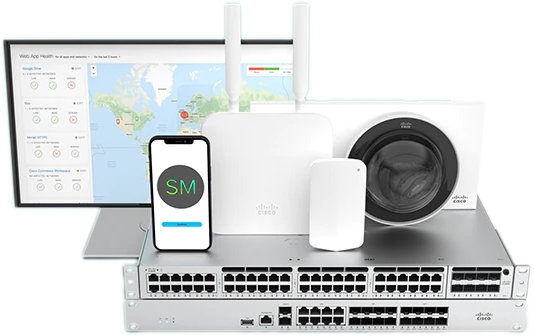
Optical transceivers are some of the most all-around useful pieces of hardware for a network. As long as your equipment has SFP/SFP+ ports -which most do- transceivers allow you to change between a multitude of uplink types, to fit whatever wiring you have or will have in the future. They're simple, plug-and-play, and hot-swappable. A few optical transceivers can easily prevent thousands of dollars in new hardware costs.
Unfortunately, transceivers are also frequently far more expensive than they need to be. Aside from a few niche or specialty types, most transceivers are extremely cheap to mass-produce... but that doesn't stop the name-brand networking companies from marking them up for huge profits.
 Despite what's often implied by official documentation, a quality third-party optical transceiver is 100% compatible with name-brand hardware. There's simply no difference between good quality third-party units (like ours) and branded ones.
Despite what's often implied by official documentation, a quality third-party optical transceiver is 100% compatible with name-brand hardware. There's simply no difference between good quality third-party units (like ours) and branded ones.
So why pay more?
Three Reasons Why Third-Party Optical Transceivers Just Make Sense
1. Low costs
The lower costs of third-party optics really cannot be overstated. Depending on the model, name brands are anywhere from 50% to 1000% more expensive than third-party alternatives. Why pay hundreds of dollars for a unit that only cost fifty dollars or less to manufacture?
In many cases, a full loadout of third-party transceivers can shave so much money off of an upgrade budget to fund entirely new pieces of hardware. Or they can put a piece of equipment within range, which wouldn't have been if name-brand ports had to be purchased.
2. Full standards compliance
Only a few factories in the world produce optics, and they make the transceivers for everyone. Those heavily-discounted third-party may be made in the same facilities as the official Cisco, HP, or Juniper units. And since transceivers are fully specified by internationally agreed-upon standards anyway, there's no risk of incompatibilities.
All it takes is code loaded on an EPROM -included in the transceiver- identifying it to your networking hardware and, basically, your equipment can't tell the difference.
3. Lifetime warranty
Besides having much higher prices, the name-brand transceivers also tend to have fairly short warranty periods. It's generally anywhere from a couple years, down to only 90 days. While failure is fairly rare, it's unfortunate that they have such short warranty periods, especially compared to the hardware they're used in.
However, when you buy third-party optics from Hummingbird Networks, you get a full lifetime warranty, including replacement units in the (rare) case of failure. That's how certain we are that they truly are of quality equal or better to the name-brand units. As long as your transceivers are in use, they're covered under warranty.
Third Party Transceivers Simply Make Sense
Really, there's no compelling reason to over-pay for the name brand optics. Just like buying generic medications at the pharmacy, there is truly no difference aside from the name that's on the packaging. Hummingbird transceivers are cheaper, 100% compatible, and backed by a warranty no name-brand offers.
Next time you need to upgrade your wiring and buy transceivers to match, give Hummingbird Networks a call. We can provide all the transceivers you need at a fraction of the cost.
Be sure to take advantage of our free trial offer- test any optical transceiver in your network for free.











